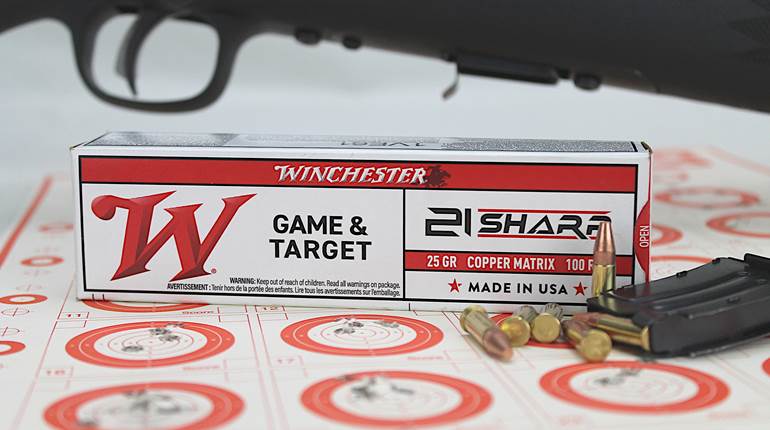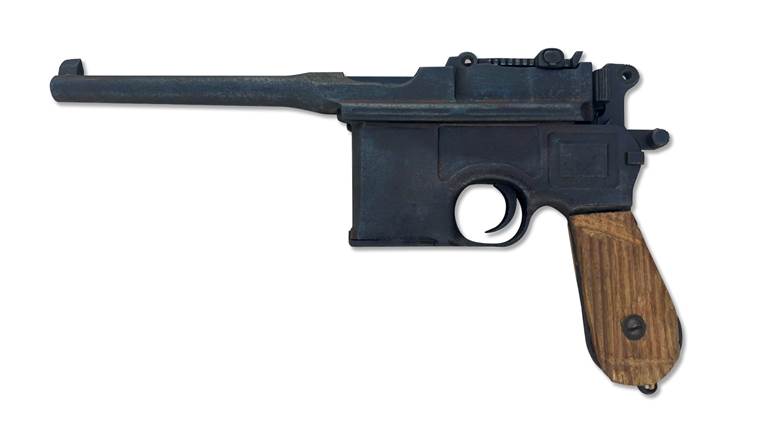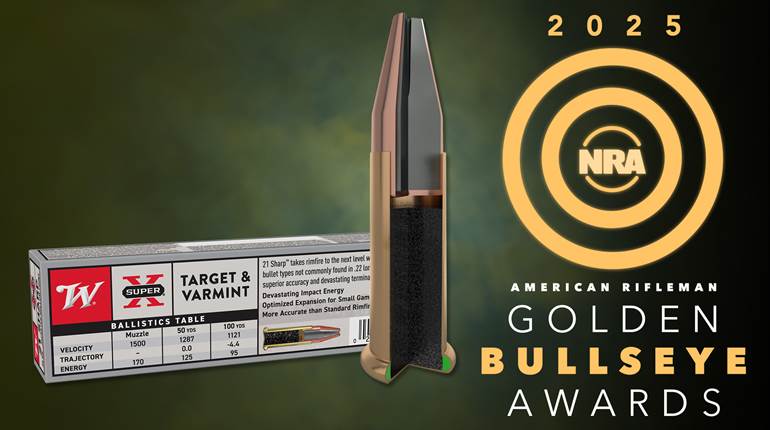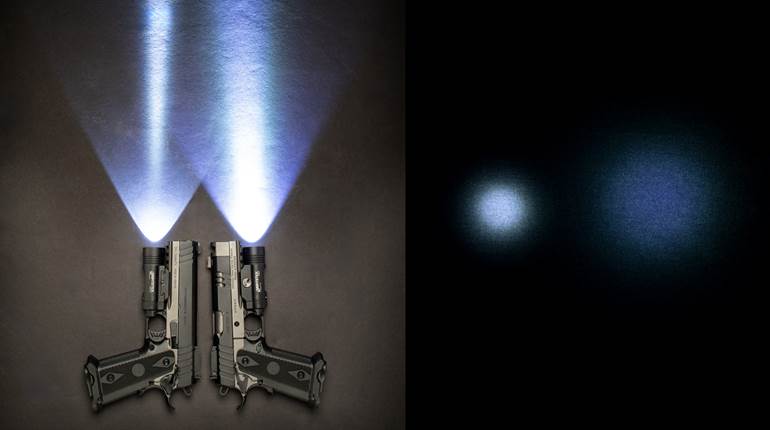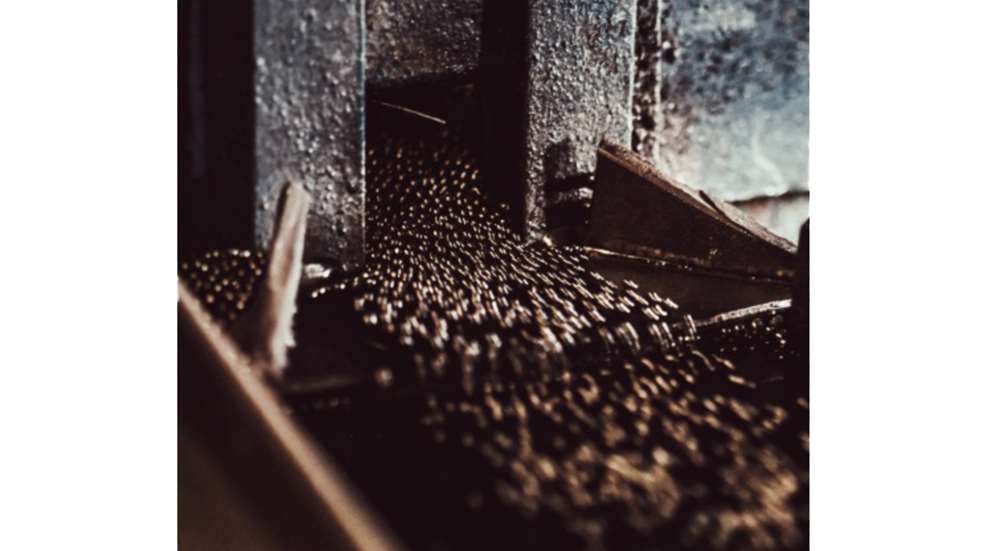
Q. I’ve heard that traditional shot pellets are made by dropping molten lead through a sieve in something called a shot tower. Today we seem to have such a variety of shot to choose from, all of which look very different from one another. What are the methods of manufacture for some of today’s non-toxic shot?
A. Non-toxic pellets are made using various processes. Some involve smelting metals while others rely on compression forming and molding. Steel shot is formed by cutting precise lengths of soft-iron or steel wire of the desired pellet diameter. The snippets are then annealed to soften them and rolled under pressure to make them round. Now work-hardened, they are again annealed to make them as soft as possible. Following the last annealing, the pellets are polished by tumbling.
Kent’s Tungsten-Matrix pellets are made by mixing powdered tungsten with a thick goo-like polymer that evenly suspends the micro-fine powder until the polymer cures. The mixture is then formed into thin ribbons from which the pellets are formed. Once hardened, the excess is removed from the round pellets and recycled.
Bismuth shot is made by melting bismuth with about 3 percent tin for increased malleability. Bismuth shot is made using the Bleimeister process that drops the molten bismuth/tin through a sieve perforated with holes the diameter of the shot to be formed. The molten pellets drop approximately three feet into hot water that cools them sufficiently to solidify the pellets. Once formed and dried, the pellets are polished prior to loading. Large bismuth pellets are cast in molds.
The carbonless iron/tungsten pellets made by Federal—as well as Remington’s and Olin/Winchester’s tungsten-bronze pellets—are formed by mixing the powdered components, then forming the pellets in a mold under high pressure. Once formed, the pellets are sintered, which heats them to just below their melting point to further amalgamate the metals.
EnviroMetal’s Hevi-Shot is formed by smelting. Tungsten has one of the highest melting points of all metals, 3,410 degrees Celsius—nearly 7,000 degrees Fahrenheit. EnvironMetal’s Hevi-Shot requires melting tungsten with iron and nickel that is then dropped through a sieve onto a table where the pellets cool.
—John M. Taylor
This “Questions & Answers” was featured in the January 2007 issue of American Rifleman. At time of publication, "Questions & Answers" was compiled by Staff, Ballistics Editor William C. Davis, Jr., and Contributing Editors: David Andrews, Hugh C. Birnbaum, Bruce N. Canfield, David R. Chicoine, O. Reid Coffield, Charles Q. Cutshaw, Charles M. Fagg, Angus Laidlaw, Evan P. Marshall, Charles E. Petty, Robert B. Pomeranz, O.D., Jon R. Sundra, Jim Supica, A.W.F. Taylerson, John M. Taylor and John W. Treakle.
To subscribe to the magazine, visit the NRA membership page and select American Rifleman as your member magazine.












